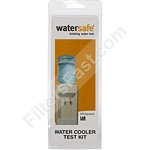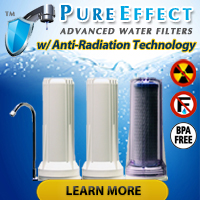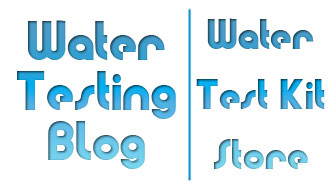Recently we told you that bacteria can live in unsuspecting places — like in the office water cooler. Today we will tell you how some of it may have gotten there.
Testosterone-laden guys around the office may have no problem lifting a new bottle onto the water cooler each time the old one runs out of water, since it makes them look ‘manly’ and allows them to show off their big, strong muscles.
… but do they clean the top of the water bottle before dropping it down into the reservoir area? If not, then some of the dust which settled on the water jug while it sat around waiting to get used could end up in the water cooler’s reservoir.
… but do they check for and/or pay attention to the ‘best before’ or ‘use by’ date stamped on the bottle? Bottled water jugs have those, ya’ know.
… but do they ever clean out the reservoir area so that a biofilm (filled with things you ought not drink!) does not grow?
… but do they ever bother to wipe off the spigot/faucet after they, or someone else, accidentally bumps the lip of their personal mug against it… thus allowing their saliva and all that it may contain to get into the next person’s cup?
We could go on, but we also think you get our point. Water coolers, if properly cleaned (some experts suggest cleaning the reservoir and spigot/faucet areas with every changing of the bottle), can provide a whole lot of pure, clean drinking water.
Improperly and/or infrequently cleaned water coolers, on the other hand, can become breeding grounds for bacteria, germs, and all sorts of little nasties capable of causing illness.
Testing the Purity of Water in the Water Cooler?

Yes, you can do that. Keep in mind that most bottled water manufacturers filter the water they sell and remove impurities such as metals, chlorine, chloramines, nitrates, nitrites, etc. before bottling their product so testing for those items might not prove useful.
Testing for bacteria in the water cooler might make more sense. In the absence of chlorine or another sanitizing agent, even a minute number of bacteria which may accidentally make their way into the bottled water at the factory or on its way to your water cooler have ample opportunity to reproduce and become a threat to your health.
Additionally, and as we have already discussed, dust containing bacteria living on the tops of bottles has a chance to make its way into the reservoir area if no one bother to clean them off before use. Once in a moist chlorine-free environment, well, the bacteria will breed like… bacteria.






